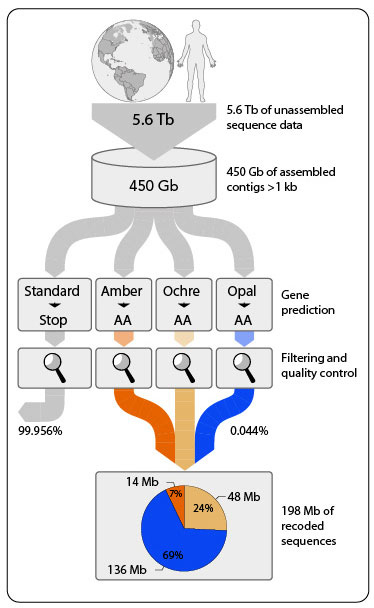
Consult with an online database, such as, to compare the proteins ( Lambert, 2019). Photoconvertible fluorescent proteins should be chosen according to the user’s preference and microscope photoconversion capabilities. Note: There is a wide range of photoconvertible proteins, e.g., EosFP, Dendra2 ( Wiedenmann et al., 2004, Gurskaya et al., 2006, Chudakov et al., 2007a). Use immunofluorescence to monitor the stress granule markers. However, it needs to be noted that the size of the tag affects its diffusion ( Gura Sadovsky et al., 2017), which is albeit less critical for a comparative analysis. When overexpression is unavoidable, for example studying protein quality control compartments, or the effects of misfolded proteins ( Kaganovich et al., 2008, Weisberg et al., 2012, England and Kaganovich, 2011), a stably integrated inducible marker with a strong uniform expression is recommended.Īlternatives: If using a different marker is not an option and it does not provide sufficient SNR when tagged with a photoconvertible protein, one can fuse several photoconvertible tags to one marker in a row, creating a brighter construct. Note: We do not recommend overexpressing membraneless organelle markers when studying internal dynamics of its components because overexpression can dramatically change the kinetics of their formation and may also affect the composition and internal dynamics of the compartment ( Kedersha et al., 2005, Kedersha et al., 1999).



(A) Confocal microscopy of stress granules in HEK293T cells expressing CRISPR-Cas9 tagged PABPC1-Dendra, stained with anti-G3BP and anti-TDP43 antibodies, and treated with arsenite (200 μM, 2 h before fixation). SNR ratio for stress granule components in HEK293T cells


 0 kommentar(er)
0 kommentar(er)
